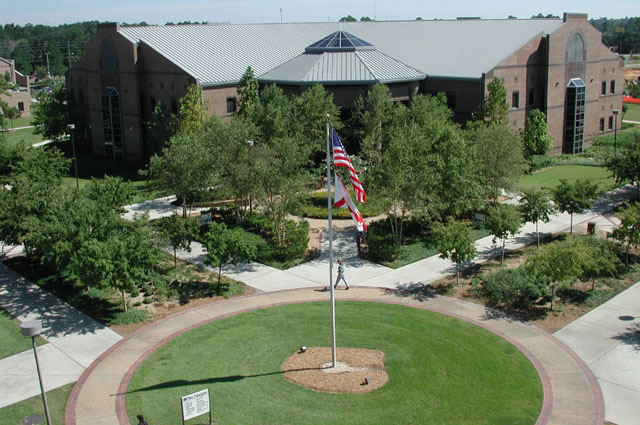Word Of The Day: 'Derecho'
 |
| NPR's World of the Day |
We learned a new word on Saturday, thanks to Korva's post about the devastating storm that has left millions without power from Ohio east through the mid-Atlantic
states:
Derecho.
Now, we'd never heard that word before so we went
in search of more about it. According to the National Oceanic and Atmospheric
Administration's Derecho Facts Page: — "A derecho pronounced similar to "deh-REY-cho" in English ... ) is a widespread, long-lived wind storm that is associated with a band of rapidly
moving showers or thunderstorms. Although a derecho can produce destruction
similar to that of tornadoes, the damage typically is directed in one direction
along a relatively straight swath. As a result, the term 'straight-line wind
damage' sometimes is used to describe derecho damage. By definition, if the wind
damage swath extends more than 240 miles ... and includes wind gusts of at least
58 mph ... or greater along most of its length, then the event may be classified
as a derecho. "
— "The word 'derecho' was coined by Dr. Gustavus Hinrichs, a physics
professor at the University of Iowa, in a paper published in the American
Meteorological Journal in 1888." |
| Facts about Derechos |
— "Derechos are associated with bands of showers or thunderstorms (collectively referred to as 'convection') that assume a curved or bowed shape. The bow-shaped storms are called bow echoes. ... Derecho winds are the product of what meteorologists call 'downbursts.' A downburst is a concentrated area of strong wind produced by a convective downdraft. Downbursts have horizontal dimensions of about 4 to 6 miles (8 to 10 kilometers), and may last for several minutes."
— "Derechos in the United States are most common in the late spring and summer (May through August), with more than 75% occurring between April and August. ... [They] most commonly occur along two axes. One extends along the 'Corn Belt' from the upper Mississippi Valley southeast into the Ohio Valley, and the other from the southern Plains northeast into the mid Mississippi Valley."
As for the term itself, according to a paper written by retired National Weather
Service forecaster Robert Johns, the University of Iowa's Hinrichs "decided to
use the term derecho (Spanish for 'direct or straight ahead') to define these
non-tornadic events since this term could be considered as an analog to the term
tornado which is also of Spanish origin."




0 Comments:
Post a Comment
<< Home